How Creative Constraints Can Improve Your Photos
We all crave for that one camera or lens that we think is the solution of all of our problems. The lens that creates that lovely bokeh we’re always looking for. The camera which is so small and sneaky that we can take any candid photograph without being noticed. The studio lights that completely transform our portraits.
That ideal camera, lens or lighting setup actually doesn’t exist. It’s only in our head. It’s your vision and your ability to overcome these obstacles that will actually transform your photography.
What Are Creative Constraints?
Creative constraints mean trying to achieve your goal despite all kinds of limitations you are facing by thinking out of the box. It’s a concept that is used in all forms of art. There are hundreds of famous artists around the world who were broke at one time or another. They didn’t have decent equipment to produce masterpieces that they are now famous for. Still, they utilized whatever they had at that time and came up with something great.
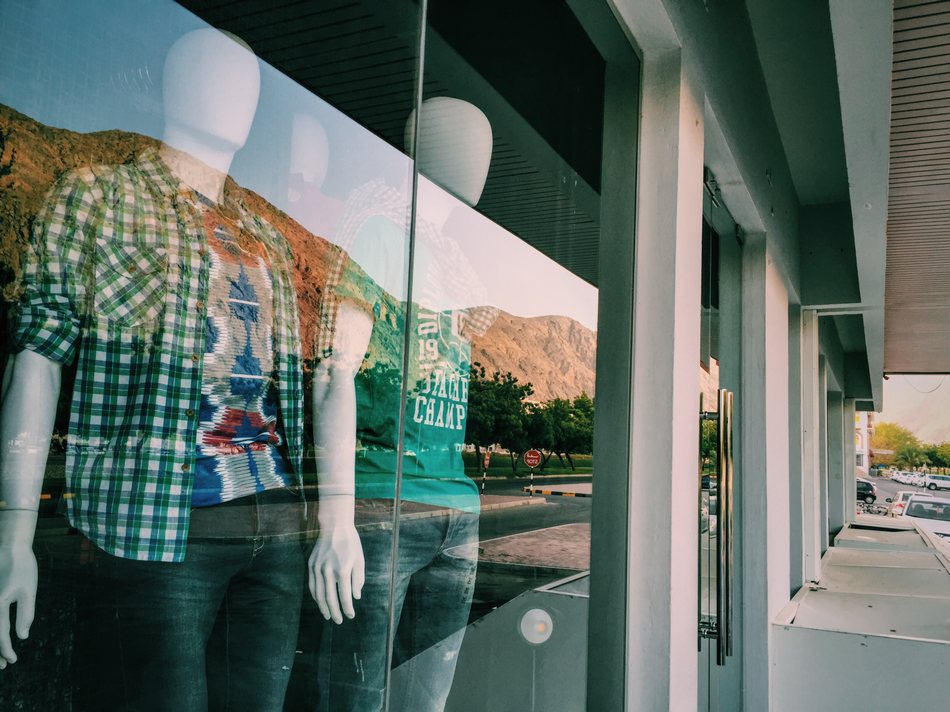
The Psychology of limitation
When you are facing constraints or limitations, and you don’t have the conventional means to overcome this, you start thinking in unconventional ways. This is normally known as ‘thinking out of the box’. You are already at the bottom and you have nothing to lose. That makes you fearless and you start experimenting and pushing your creative limits to achieve your goal.
No matter whether that creative constraint is self-imposed or you are actually facing it, it will always make you a better artist. It makes you appreciate what you currently have. You begin to depend more on your creativity and less on equipment or resources.
I was on a street photo walk when I came across this beautiful sunrise (below). I had only 50mm lens at that time which was apparently not wide enough for landscape. So, I tried to create a bit of perspective and forced distortion for this shot.
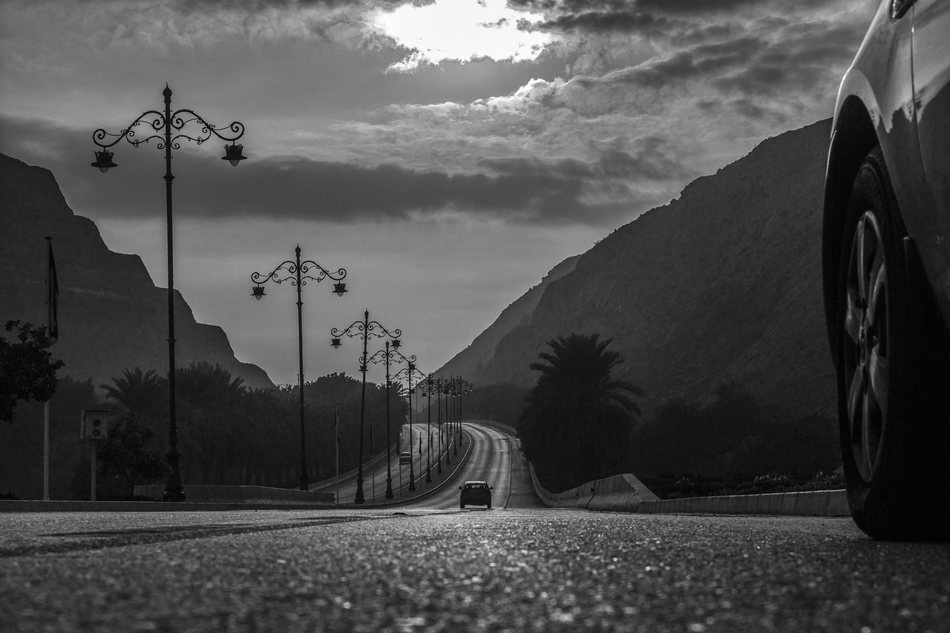
Road to Palace (shot with a 50mm lens)
My Experience
For a long time I have been craving for full frame cameras for my street photography because of the immense ISO performance. Since, I have been short on funds, I started doing it with my crop-frame DSLR and I realized that the noise was not that big of an issue.
If your composition and concept is good, people tend to overlook the noise part. I am now even moved to more compact cameras like the Fujifilm x20, x70 and even the iPhone. They are much noisier but they are so practical to carry around that I carry one of them all the time.
I shot this alley way in old ‘mutrah market’ in Oman at ISO 2500. It’s quite noisy but it’s my highest rated picture up till now.

The workers at Mutrah Market
Practice creative constraints
The best way to improve your photography is to start doing these creative constraint projects (whether you are actually facing them or you are self-imposing them) and see if you can think out of the box to overcome limitations. Believe me, after a while; you will be completely cured from GAS (gear acquisition syndrome).
1. Use one camera and one focal length
Use only one camera and one focal length for a considerable amount of time. I am using the Fujifilm x70 that has 28mm fixed focal length all the time for my street photography as well as other projects like portraits and even macro photography. For macro photography, it forces me to focus on composition more. For portraits, I need to scan the background more carefully for a minimum amount of distraction because I can’t remove unwanted elements.
The best part of using the same camera and lens for a long time is that you know the sweet spot of both. You know the field of view so you don’t have to put the camera to eye every time to check the composition. You know how quick is the focus speed and how much ISO is usable.
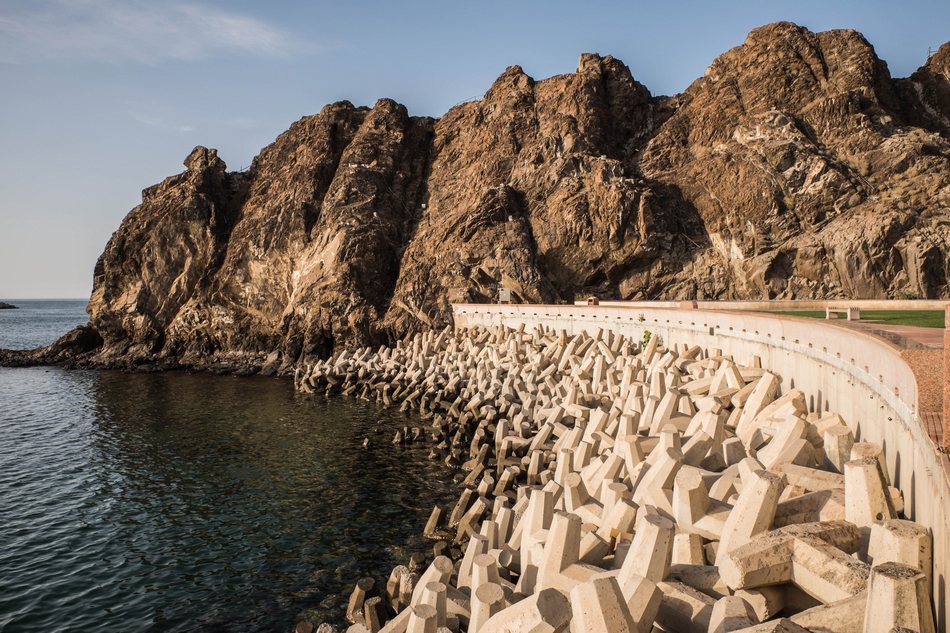
Mutrah corniche in Oman (fujifilm x70)
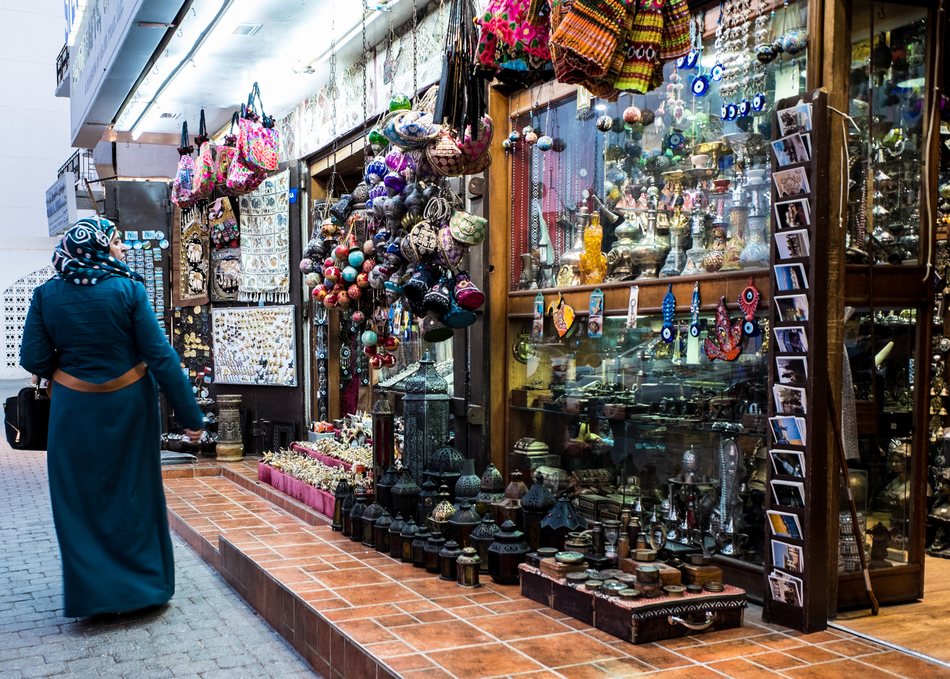
Mutrah old market (fujifilm x70)
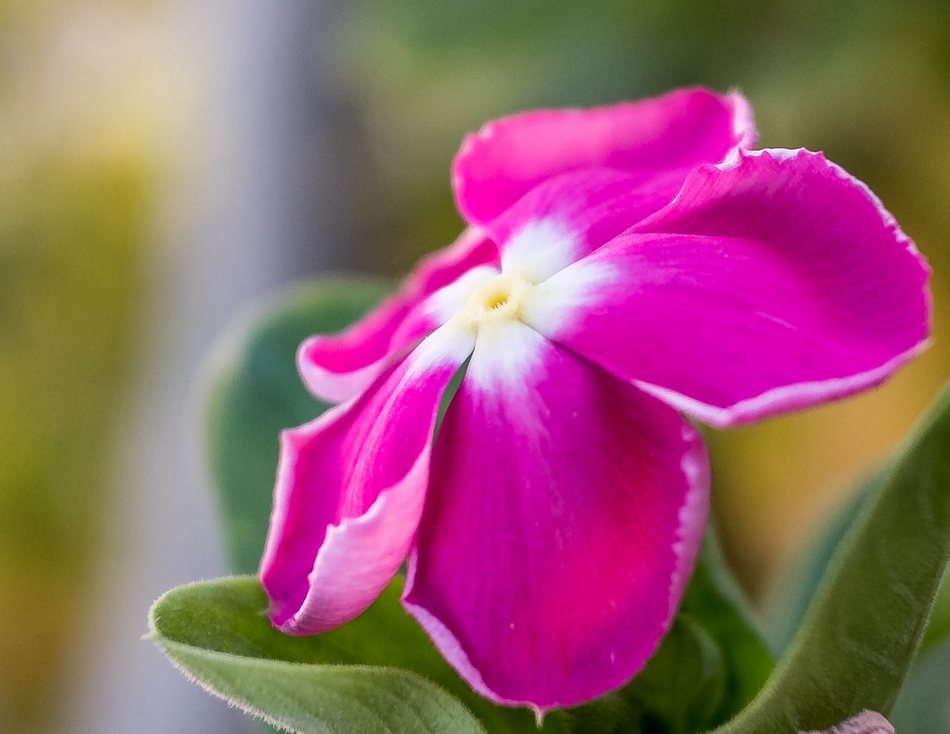
The Flower (Fujifilm x70)
2. Shoot with smart phone
It’s no secret, smart phones are way behind DSLR cameras in terms of focus speed, ISO performance and image quality. But their mobility makes them great tools for impromptu street, portraits and even landscape photography. Nowadays, a lot of photographers are doing mobile photography for the same reason. Since everything is automatic, you can focus more on composition and the concept of a photograph.
Still, there are people who don’t take mobile photography seriously but if you truly understand photography, you know very well that it’s all about composition; technical stuff is the least important thing. Apps like VSCO, Hipstamatic and Instagram changed everything from people’s photography workflow to sharing photographs. Photographers like Greg Schmigel, Oliver Lang, Richard Hernandez and Robert Jansen are really stepping up this genre. It will be difficult to make large prints of these photos. But who cares? A smaller print works just fine and a large portion of photos are shared on the web nowadays anyway. I am doing more and more of my street photography with just my iPhone now.
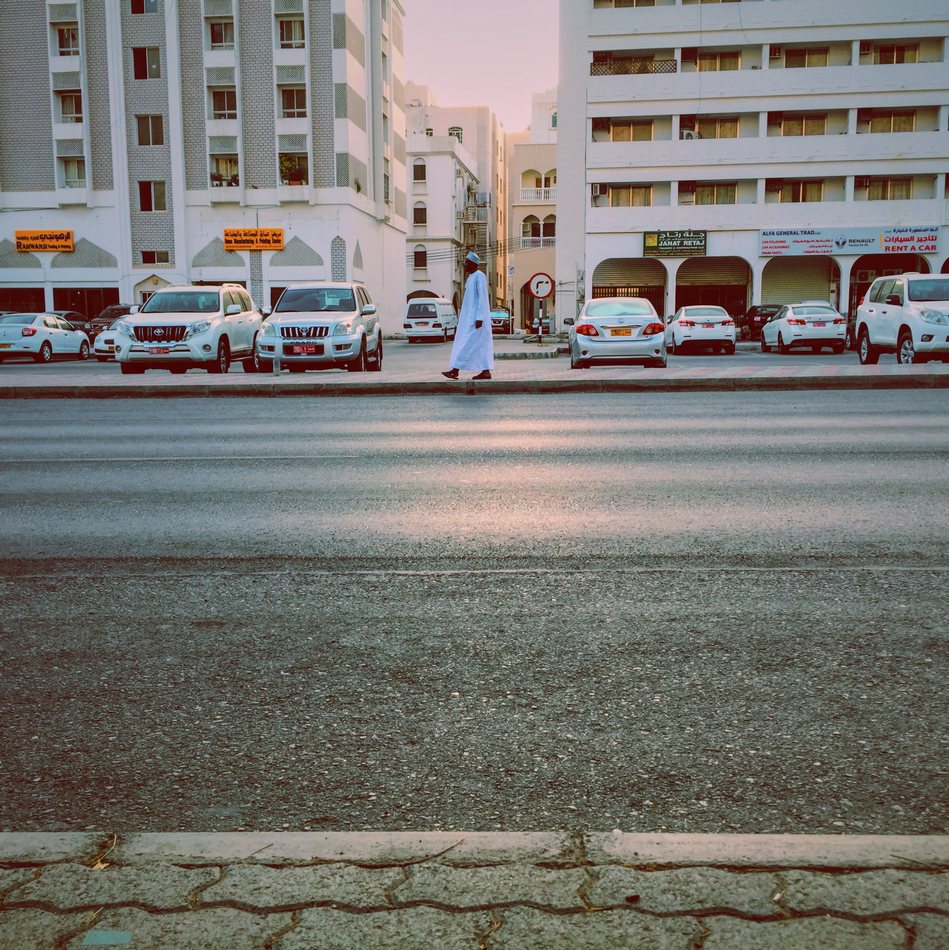
Morning walk (iPhone 6)
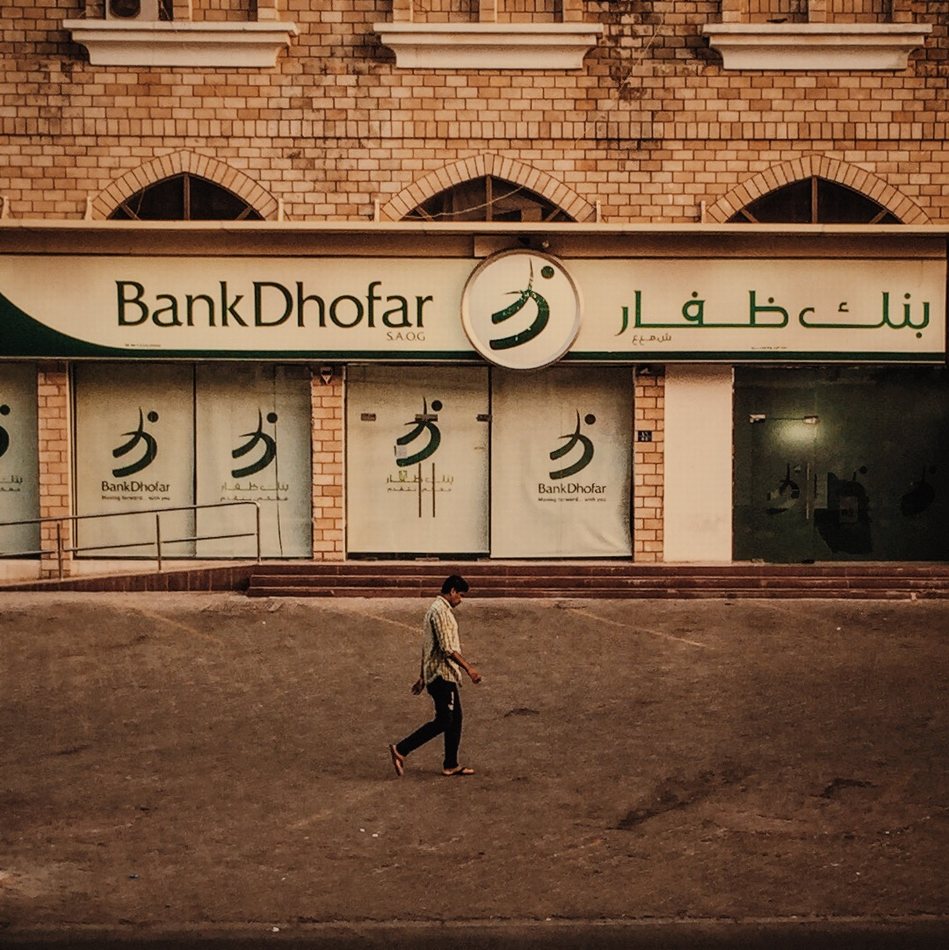
Moving forward (iPhone 6)
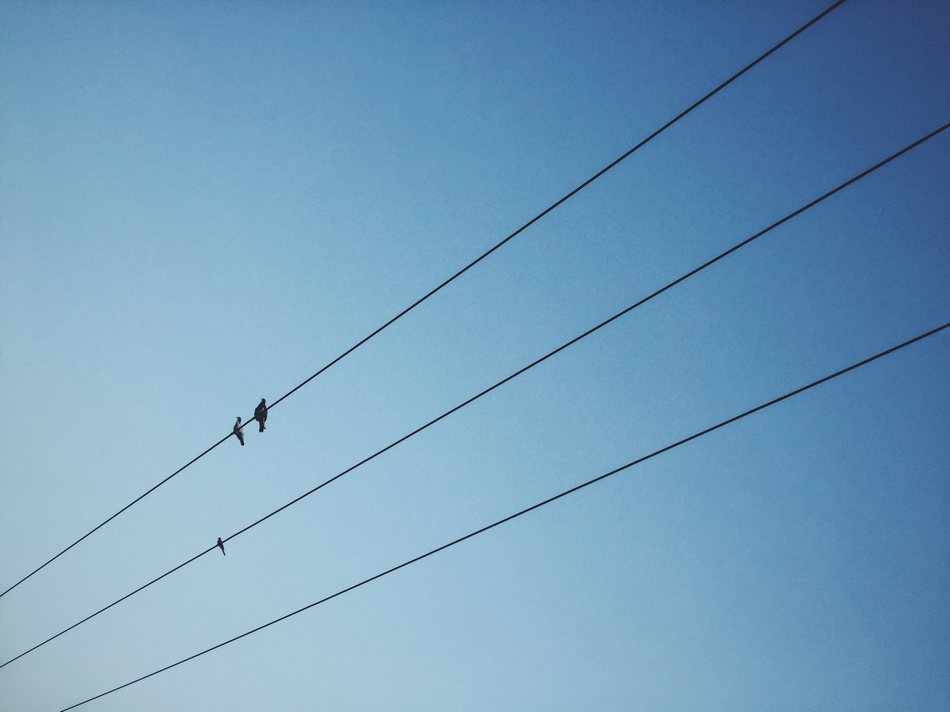
Untitled (iPhone 6)
3. Shoot one place
Not all of us can afford to go on vacation all the time for inspiration. We always complain that we are living in the dullest place on the planet. That’s where this challenge actually begins. If you keep shooting the same place for a long time, you start to anticipate a lot of things that a person who comes for the first time normally ignores.
You begin to notice the time when the light is perfect, when your subject is available to photograph without distractions etc… I’ve lived at my friend’s place for some time, and that was very boring for street photography in general, but after trying to shoot for a few days, things started to work out and I got some of my favorite street images there. Consider this a challenge and you will enjoy working through the obstacles.
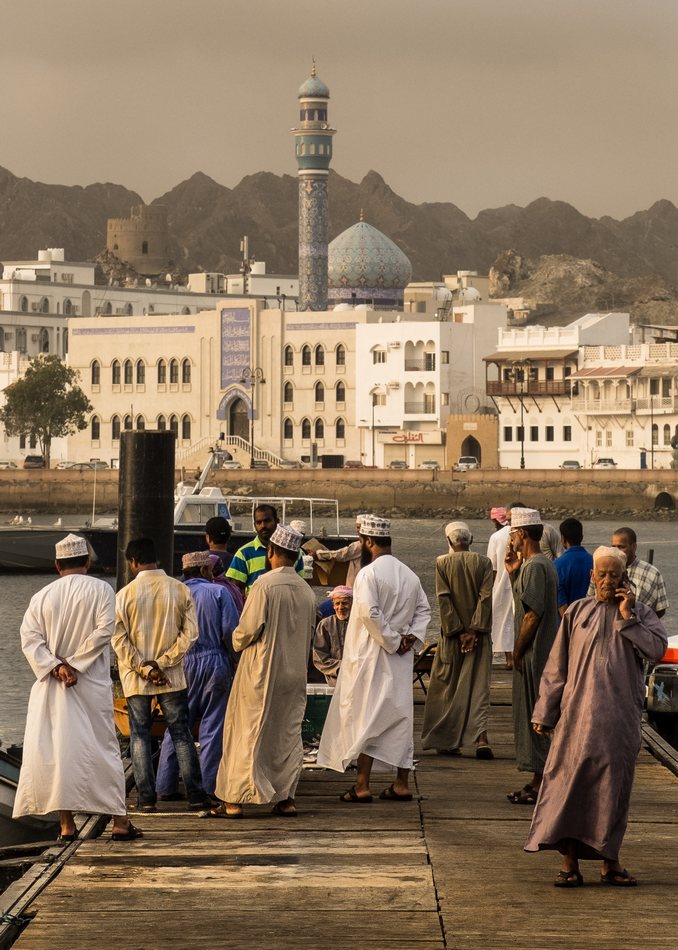
Mutrah fish harbor
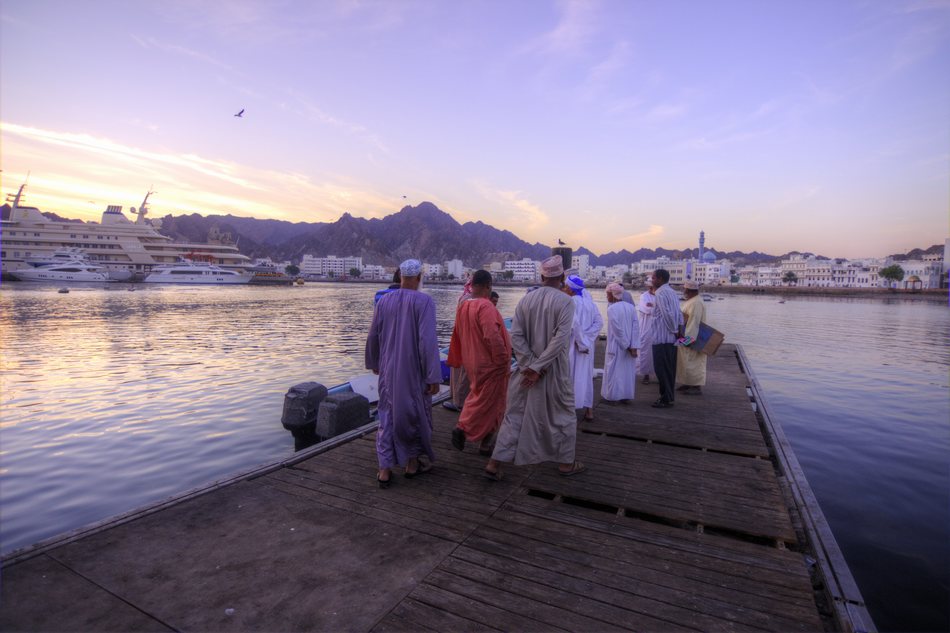
Mutrah fish harbor
4. Shoot one subject matter
Photographing the same subject or theme again and again will make you so familiar with it that you will start focusing on new and different angles. It will bring a new level of detail and message to your photographs.
For example, I live near a very busy shopping street in Oman. I find interesting how people approach shopping with excitement and rush. I worked on that theme for a longer period and I started to see angles that I overlooked earlier.

The Shopping spree
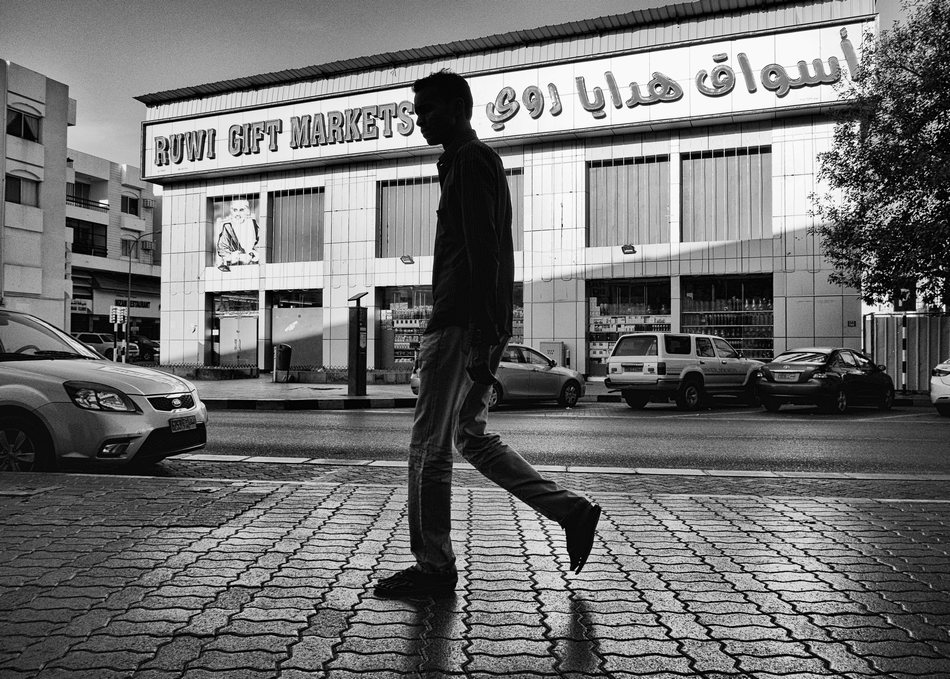
The Shopping spree 2
5. Only black and white or only color
We normally photograph subjects in color and later, in post-processing, we decide whether to keep the color version or go monochrome. This makes us lazy because we don’t scan around a scene specifically for color or black and white. Stop it. Shoot only either in monochrome or only in color for some time.
Both have their own challenges. For color, you need to look for complementing and non distracting colors. In black and white, you need to look for contrast and shades of grey. Either way, it increases your understanding of that specific genre and your vision will improve.
I did a small personal project of shooting landscapes in monochrome which I found difficult in the beginning but it was one of the most enjoyable projects I’ve ever did. I even shot these pictures directly in JPG so that I couldn’t use the RAW to convert them later on and to force myself more on contrast.

Landscape in Black and white

Landscape in Black and white 2
Conclusion
Practicing creative constraint frees you from a plethora of choices that you have to make while doing photography. You know what you have and what you don’t have, so you can start thinking about making the most out of it. It makes you analyze the situation in an entirely different way. You will not miss an opportunity anymore just because you were busy making a choice about the focal length or the settings while the moment was slipping away.
Try to embrace the beauty of constraints. And not just in your photography, but in your life too. Try to enjoy these limitations. When you are able to come up with a solution despite all the limitations, believe me, it’s worth more than anything.
